Preface
I’m crossing my fingers that the transition to Substack is as seamless as promised. Please let me know if something doesn’t work. Welcome to new subscribers, too! You can find all the archived newsletters here and read the About page to find out my intent with Taking Bearings. Now, read on.
Showing My Work
I recently read Austin Kleon’s book, Show Your Work, a helpful guide working in creative fields that I recommend (also, check out his Substack). In it, Kleon suggests writers or others who work creatively invite people behind the scenes to . . . show your work. So, in this week’s newsletter, my first originating on Substack, I’m inviting you to glimpse the messy process and products of one edge of my ongoing research and writing project(s).
This is a story about elk, or stories about elk, or maybe musings about a historian-writer evolving.
Sabbatical Dreams
In 2019-20, I took a sabbatical intending to study the public land system. I was finishing my latest book, Making America’s Public Lands, and imagined a deeper, more detailed dive into the system of national forests, parks, rangelands, and refuges. My idea, I thought, was novel: choose a representative species to track the history of each federal land agency.
Quickly, I realized that such a project would not accomplish what I wanted. Or maybe, I realized that I wanted to accomplish something different.
Nevertheless, I conducted field and archival research across the West and wrote tens of thousands of words. At the end of the sabbatical, I duly printed out those words and placed them in a desk drawer.
I learned much from the start that is contained in those pages. I reconstructed efforts to protect elk from overhunting. I discovered how conservation organizations cooperated with government agencies to feed elk during dire winters (and then, virtually every winter). The results of those efforts produced what many biologists understood as excessive elk, which led by the mid-20th century to a slaughtering of elk inside Yellowstone National Park. Concerns about disease, especially in those crowded feeding grounds, became a coda to these earlier histories.
Writing Opportunities
These all were complicated histories and compelling stories. And my experienced historian brain knew precisely how to craft an article or book chapter that demonstrated the historical significance of elk that other scholars might appreciate. But I saw other choices as a writer, new avenues opened up that I wanted to pursue. In the time since those initial research trips and early drafts (amid other personal and professional projects), I’ve been working and reworking multiple projects, all of which reflect some of the different voices I deploy as a writer.
Writing the Familiar
Familiarity is helpful when writing, so when it was time to produce something, I started by explaining something straightforward.
The 1960s were a momentous time for national parks just as they were for other elements of American society. In 1963, the so-called Leopold Report reoriented the National Park Service’s management philosophy, arguing that parks “should represent a vignette of primitive America.” To do so, said the report, managers should prioritize maintaining–or recreating–the biotic relationships in parks that existed when “the area was first visited by the white man.” In accounts of Park Service history, the Leopold Report typically serves as a historical hinge that swung toward ecological values.
What does this have to do with elk?
The report was commissioned to assess whether killing elk in Yellowstone National Park–more than 4000 in the 1961-62 winter–reflected scientifically valid management. The committee that studied the question answered it (yes) and then looked well beyond elk toward a reorientation of parks’ purpose. Most of us forget this specific context.
At this point in my career, this is the sort of history is second nature. I wrote up an article that contextualized this sea change for the Park Service. My relatively short article about it, “The Slaughter of Elk at Yellowstone,” became one of the publication’s most read stories of the year. (Having “Slaughter” in the title, no doubt, helped.)
Writing the Personal
My elk research always promised more than history–dry or well-written–if I were open to it. And gentle encouragement from people I admired helped open me up. When I embarked on my research trip well into fall, heading toward Jackson Hole, I knew I needed to experience elk bugling.
I did not grow up in elk country. I did not hunt elk. I did not know anything elk really. But people told me about how every fall elk come down from the mountains, and bull elk gather a harem. Bugling was the soundtrack to this evolutionary and seasonal phenomenon. I had to hear it myself.
This quest to hear elk bugle is not the sort of thing that appears in academic history. I was on my own. But I had to write about the search.
The essay I wrote (not published yet) tells of my experience on the ground. I went with a trusted friend (and subscriber of Taking Bearings!) to listen for elk. We failed. I moved on and spent time in the archives. On my way back through Jackson Hole, we tried again, and this time my spouse accompanied us. This second time we succeeded in hearing the moving, but eerie, sound. The sound and experience were unexpected to me. I came to connect the search (and the absence) with historical searches in this same place and efforts to create community in broken places. Or something like that; when the essay appears in print, I’ll let you know.
Virtually nothing in that essay pertains to any deep, serious history about elk. However, my time on the ground listening while crisp air bit at my exposed nose and fingertips changed my appreciation of elk. It gave me a deeper sense of place and time (the thing I’m always striving to improve in any of my writing). But also, my time in the archives changed how I saw the landscape itself. Increasingly, this sort of interdependence between research and experience plays a principal role in my writing.
This may sound obvious to you. But it constituted a breakthrough for me. Most academics are taught (or learn via osmosis) to avoid the “I” in their writing, to remove personal experience. Allowing that, for me, cracked all sorts of taboos and broke the familiar mold in ways I’m still discovering.
Writing the Story
There is a third project that emerged from my elk research that I continue to work on. Amid the archival files was a story about that elk slaughter in 1961-62, a story that could be told from a point of view not generally encountered in the histories written about the episode. I located interesting characters (e.g., Evel Knievel) and dramatic moments (e.g., death threats) and compelling complications (e.g., misleading government agencies). Here, I thought, was my chance to write something that grabbed readers and carried them along in a narrative rush.
The problem was–is–I’ve never written anything quite like that.
I have written almost more histories than I can count. And most of the episodes I have rendered in clear prose. I never was an academic who practiced obscurantism. But writing a true narrative history, a good yarn worthy of the big screen–or, at least a wide readership–is something new.
I have been trying to crack this story open for half a year and counting. I know what happened. I know why it is interesting. I know why it is important. But telling stories in the way I’m experimenting with is a happy challenge.
The challenge has been both invigorating and frustrating. I know that I could have completed something months ago, so the false starts and reframings and revisions have been tiresome. But to try something new, after years of doing much the same thing, is an timely reminder that stretching your mind can produce benefits, if on a different pace.
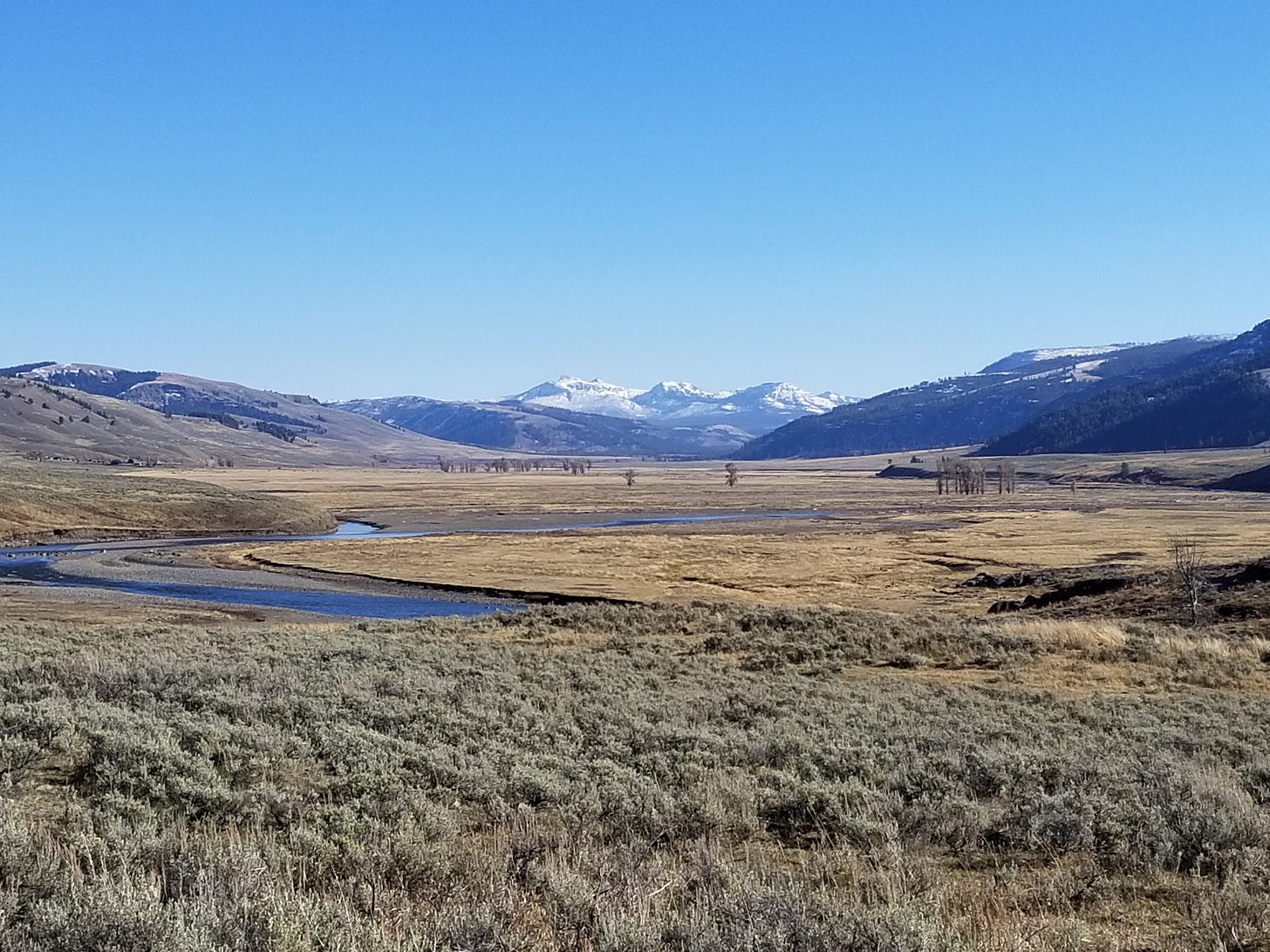
I’m not done with elk yet, no matter how deep those pages are buried in my desk drawer.
Closing Words
Last week, one of my favorite podcasts, Drafting the Past, aired an interview with me about my writing practices. It builds a bit on the themes this behind-the-scenes issue introduces, so if it sounds interesting, check it out here. Kate Carpenter does an excellent job with the podcast, and I was grateful for the opportunity.
Two weeks ago, I was honored to deliver the annual William Howard and Hazel Butler Peters Lecture at Brigham Young University. My talk, “The Integrity of the Public’s Land: Turning Points on the Path toward a Democratic Landscape,” can be viewed on YouTube.
As always, you can find my books and books where some of my work is included at my Bookshop affiliate page (where, if you order, I get a small benefit).
Taking Bearings Next week
Next week, I’ll be sharing about the Antiquities Act. Until then, thank you for reading and please consider sharing Taking Bearings.



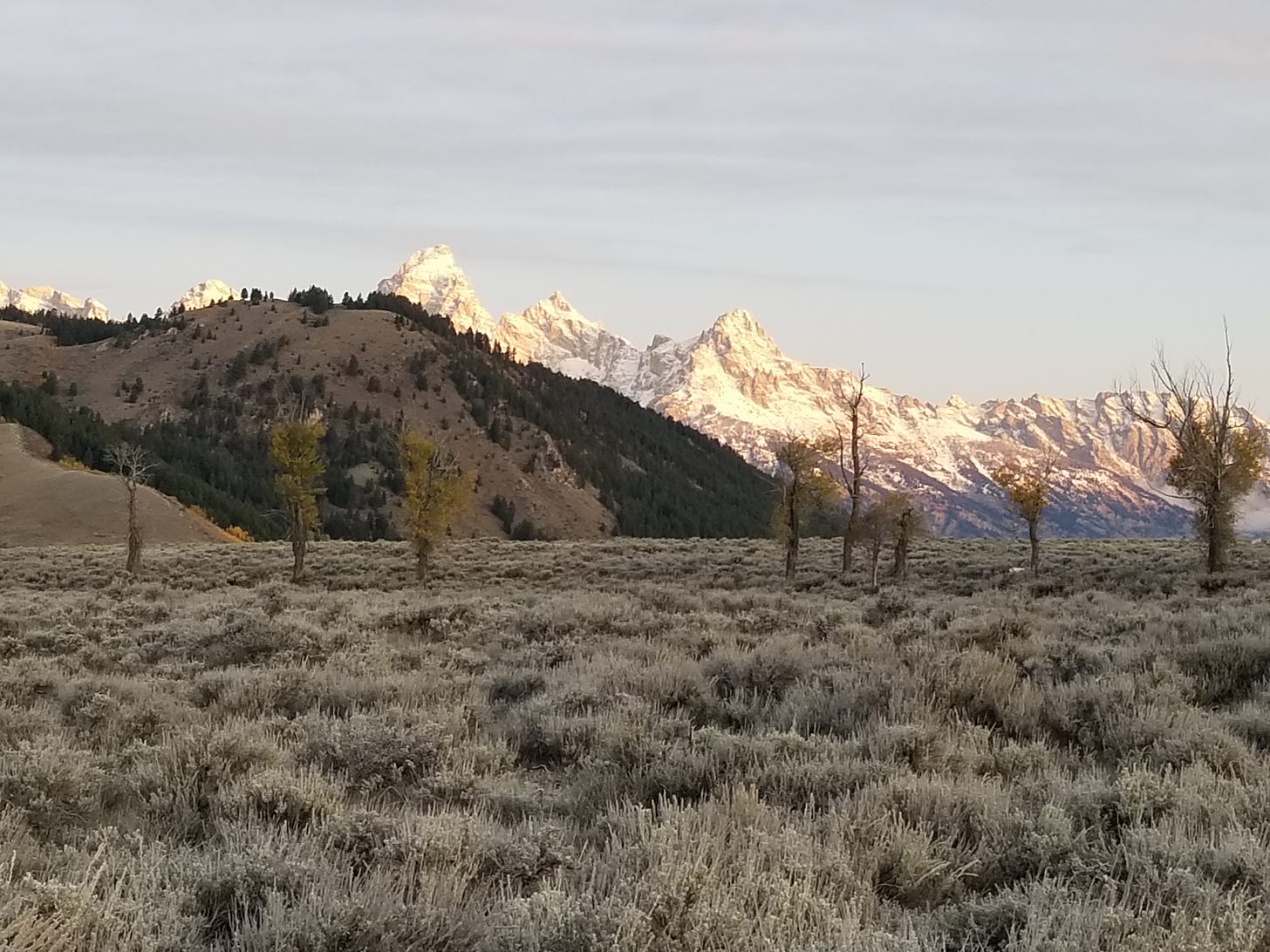
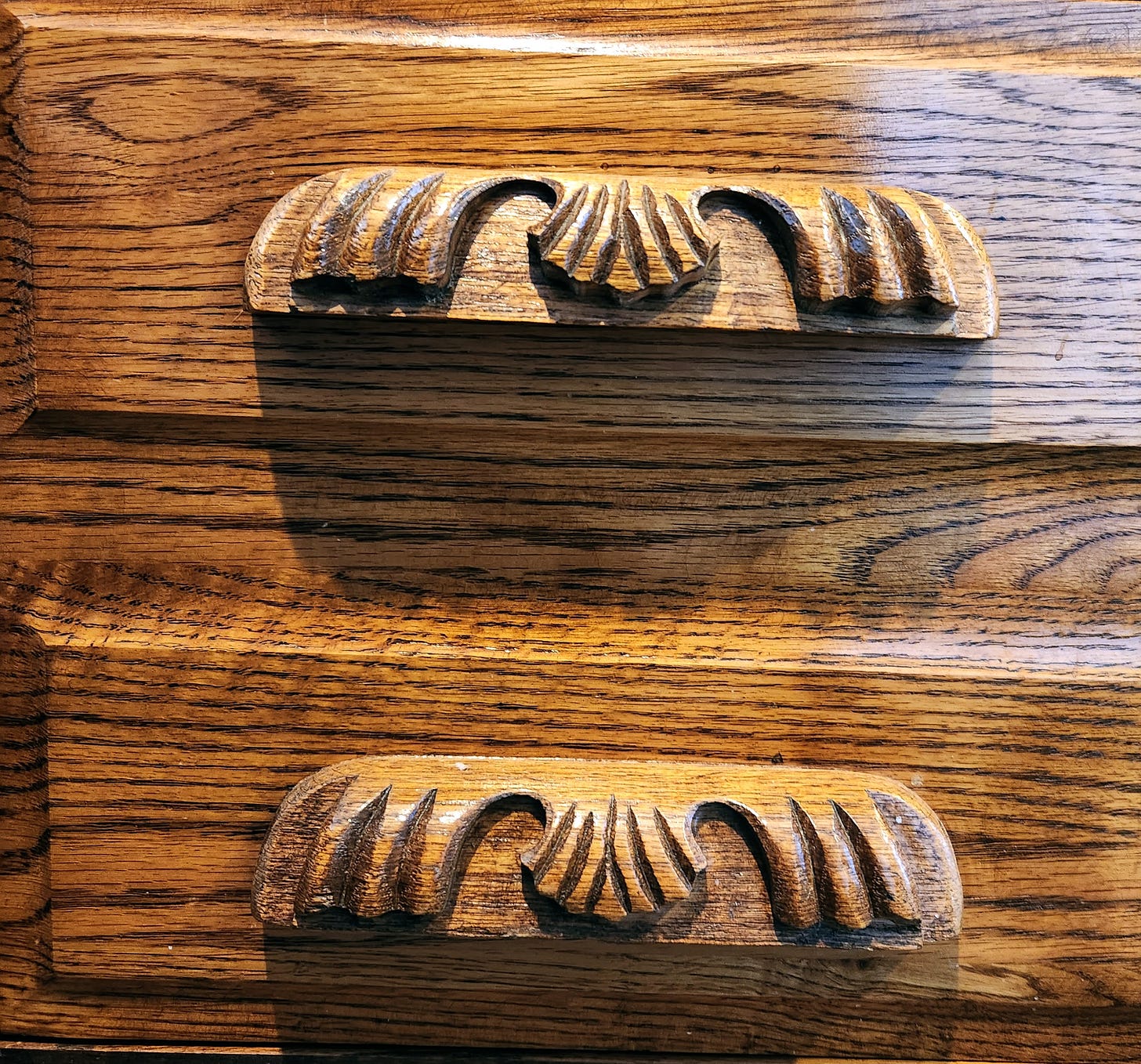
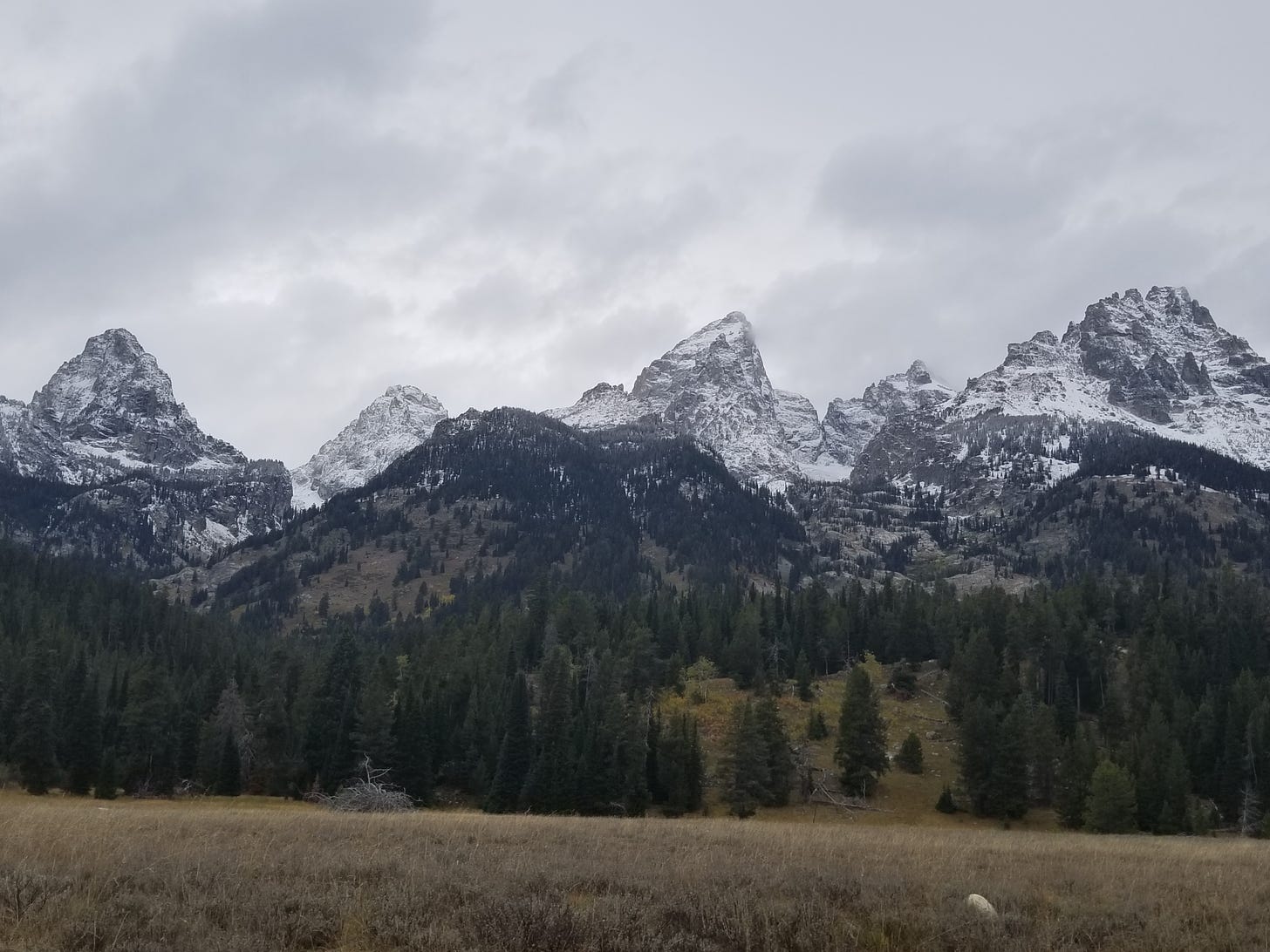
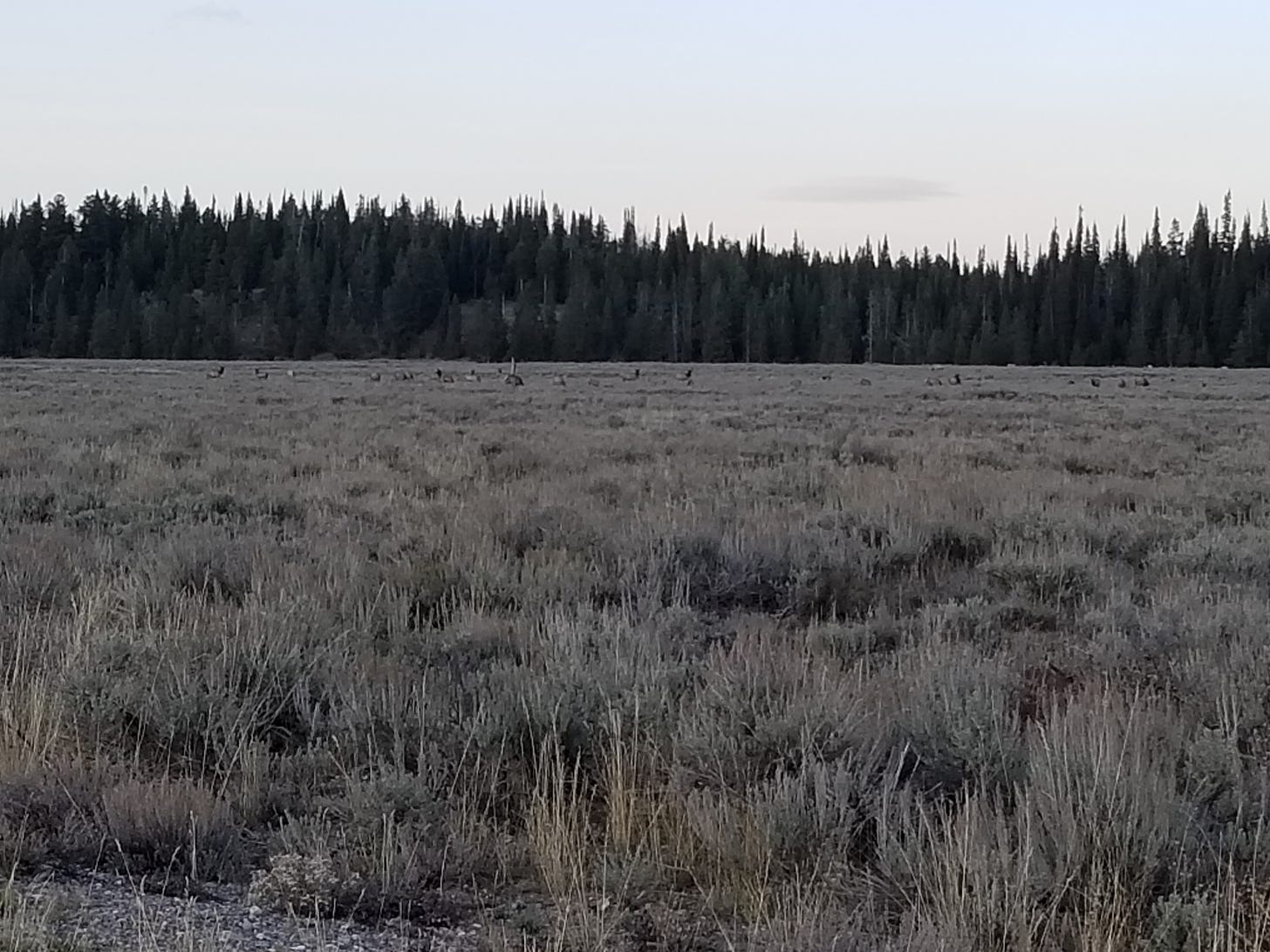
So interesting to hear how you wrestle with the expectations of different styles and genres. Conveying accuracy to happenings and accuracy to feelings creates such dynamic tension, right? And then both have many lenses and perspectives. Writing poetry, I find myself wrestling with factual accuracy and historical precision more than I do with the evocation of feelings.
I’ve been thinking a lot about OF WOLVES AND MEN recently. Rereading sections, I am so moved by Lopez’s skill and talent navigating many kinds of truth using such a broad range of writing approaches. I don’t know of a more complexly rendered book.